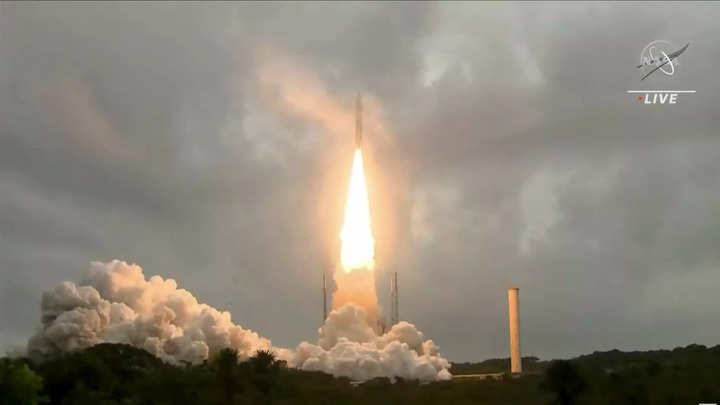Japan postpones its first Moon mission, here’s why


After Russia and India, Japan was set to launch its Moon mission. However, the mission has been postponed due to unfavourable weather conditions. According to a report by Reuters, Japan’s Mitsubishi Heavy Industries announced its plans to launch the H-IIA rocket carrying a moon lander probe last month was delayed due to unfavourable wind conditions.
The company said that the rocket is scheduled to take off from the Japan Aerospace Exploration Agency’s (JAXA) Tanegashima Space Centre in southern Japan. Mitsubishi also noted that the launch window will remain open until September 15. This new schedule was announced a week after the previous launch attempt. The mission will carry Japan’s first spacecraft to land on the moon.
H-IIA rocket to carry Japan’s lunar spacecraft
The H-IIA rocket was jointly developed by JAXA and MHI. This rocket is Japan’s flagship space launch vehicle, with 45 successful launches since 2001. In March, JAXA’s new medium-lift H3rocket failed on its debut. This forced the agency to launch the H-IIA 47th mission for several months to investigate the issue.
Read Also


As per the report, to accelerate Japan’s aerospace development initiatives, the country may subsidise JAXA with about 10 billion yen (approximately $68.4 million) in fiscal 2024. The report also noted that JAXA will use this subsidy to pay companies and universities involved in the development of satellites, rockets and lunar exploration technologies.
India’s Chandrayaan-3 success
Last month, India successfully landed the Vikram rover on the Moon to complete the Chandrayaan 3 mission. The country made history by becoming the first nation to land on the south pole of the moon as Russia’s Luna 25 spacecraft crashed on the surface of the natural satellite.
The Pragyaan rover which the spacecraft was carrying has already confirmed the presence of sulphur, iron, oxygen, and other elements on the Moon. Both the lander and the rover have been put to sleep and are expected to wake up again on September 22.
FacebookTwitterLinkedin
end of article





